Profile of Roy S. Estess from the 2003 program book
By Marianne Dyson
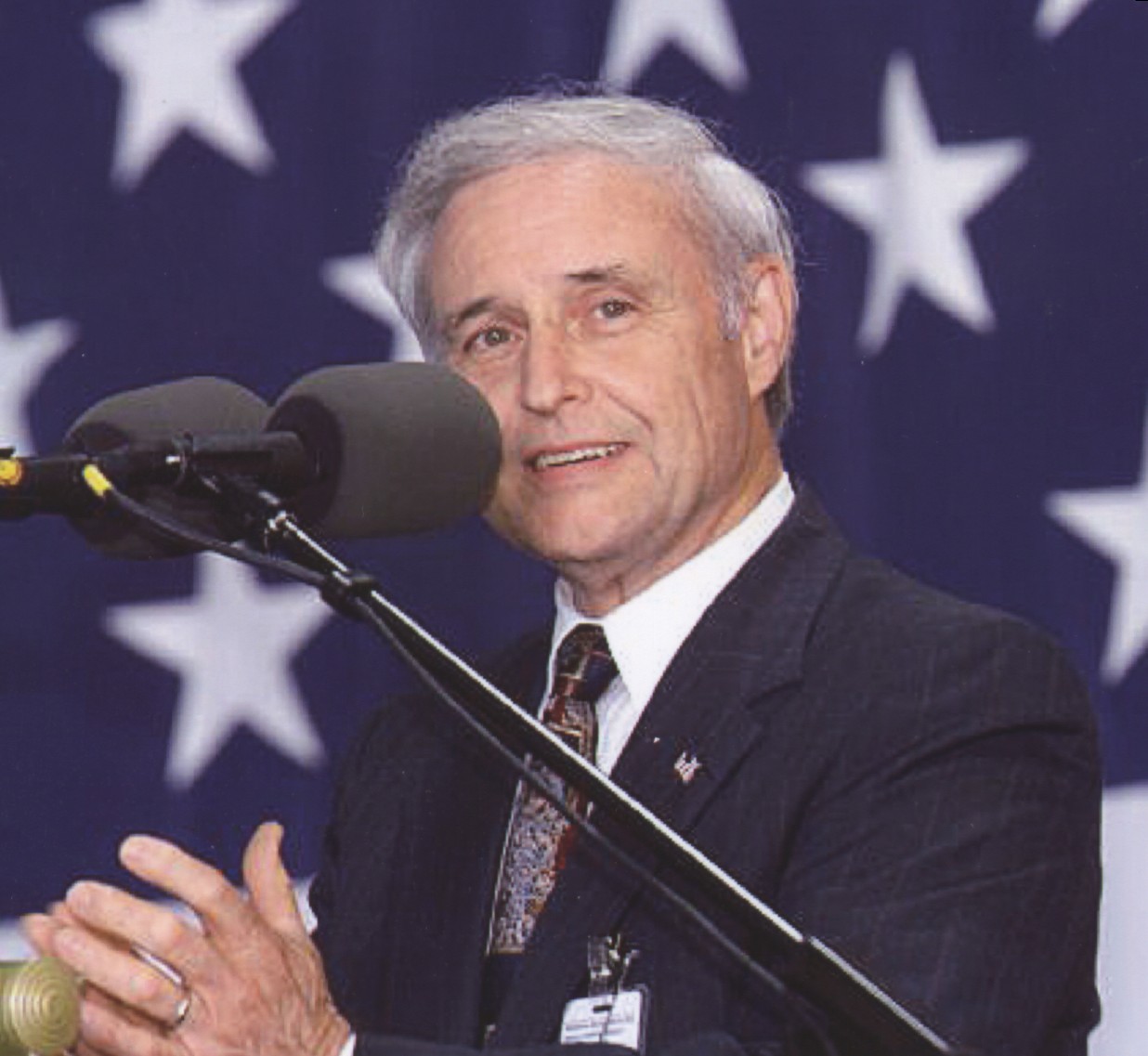
Roy S. Estess. (NASA photo)
Mr. Estess has over four decades of service to the Federal Government and over 35 years with NASA. "Roy joined NASA at the height of the Apollo program and has played an instrumental role in the successful development of the agency," O'Keefe said. "He literally grew up with NASA and has been an exemplary public servant and visionary manager throughout his career."
MOVING TO SPACE
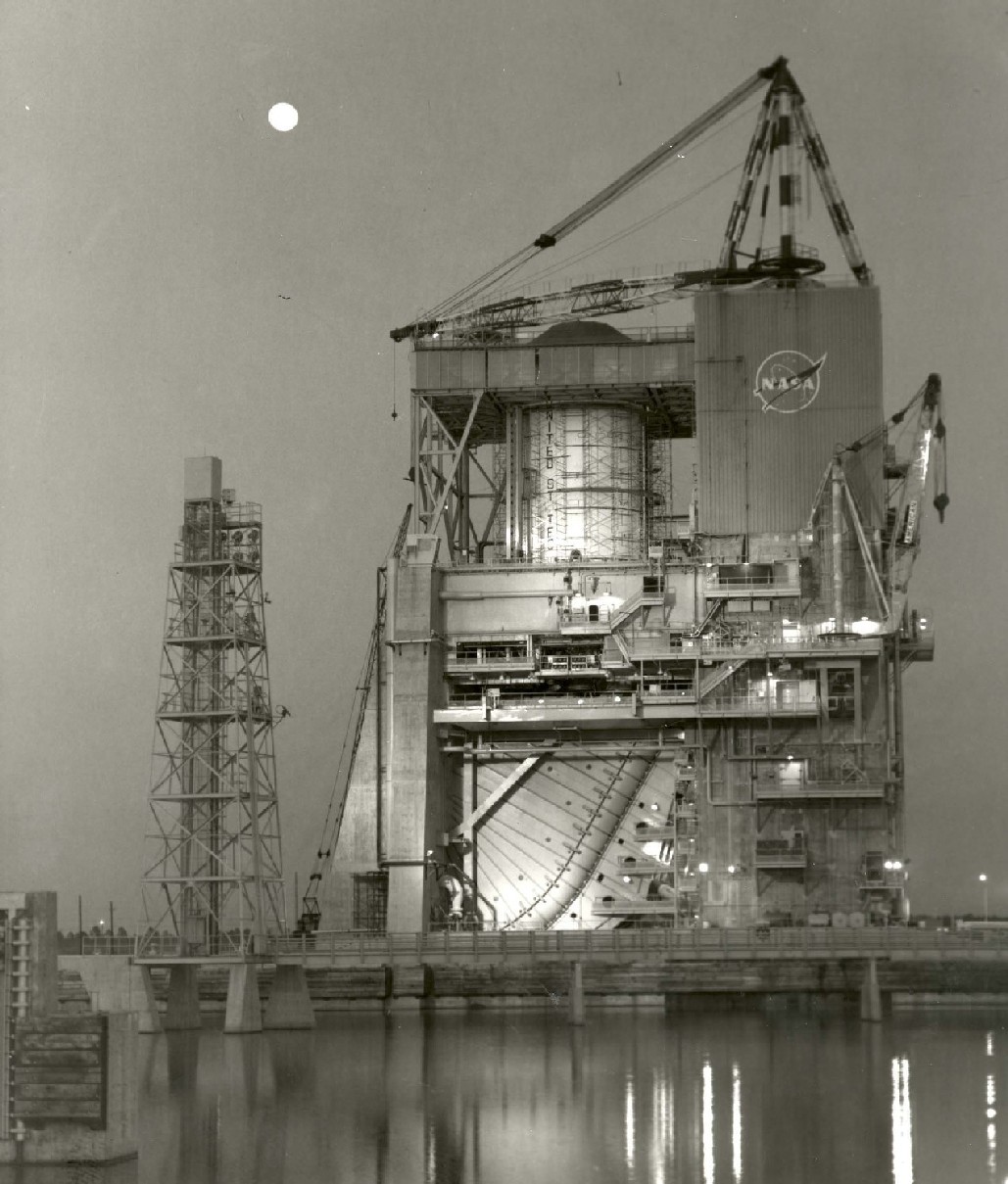
Mississippi Test Facility, 1966.
(NASA photo)
Brookely was closed in the early 60's, and Estess moved with the Air Force to Warren Robbins in Georgia. Woods worked for several companies and then took a job with NASA at the Mississippi Test Facility. "We were looking for engineers," Woods said. "I called him and said, 'You need to get out of testing jets and into rocket propulsion and space exploration.' He said, 'I'm a jet person.' I said, "You'll enjoy it - it's a lot closer to home.' He said, 'I'll think about it.'" Woods kept up the pressure to get his friend to join NASA. "I kept telling him what we were doing. I called his house and got his wife, Zann (also from Mississippi). I said, 'Zann, don't you want to get closer to home?' It wasn't long after that that Roy came down for an interview."
Estess joined NASA in 1966 as a test engineer on the Saturn V second-stage test program. He worked in the cryogenics and mechanical area while Woods worked on the electronics and controls' side. "Roy was the type of person who had the ability to do quality engineering, and the personality to do it under pressure and in complex situations," Woods said.
Estess also got involved in the community. "He became a leader in Boy Scouts, and is still involved in scouting programs today," Woods said. Roy and his wife had two children, Andy and Maurice. "He bought a house across from us, our kids grew up together," Woods said. Their sons eventually became college roommates at their fathers' alma mater. The Estess' now have two grandchildren.
THE FIRST TEST
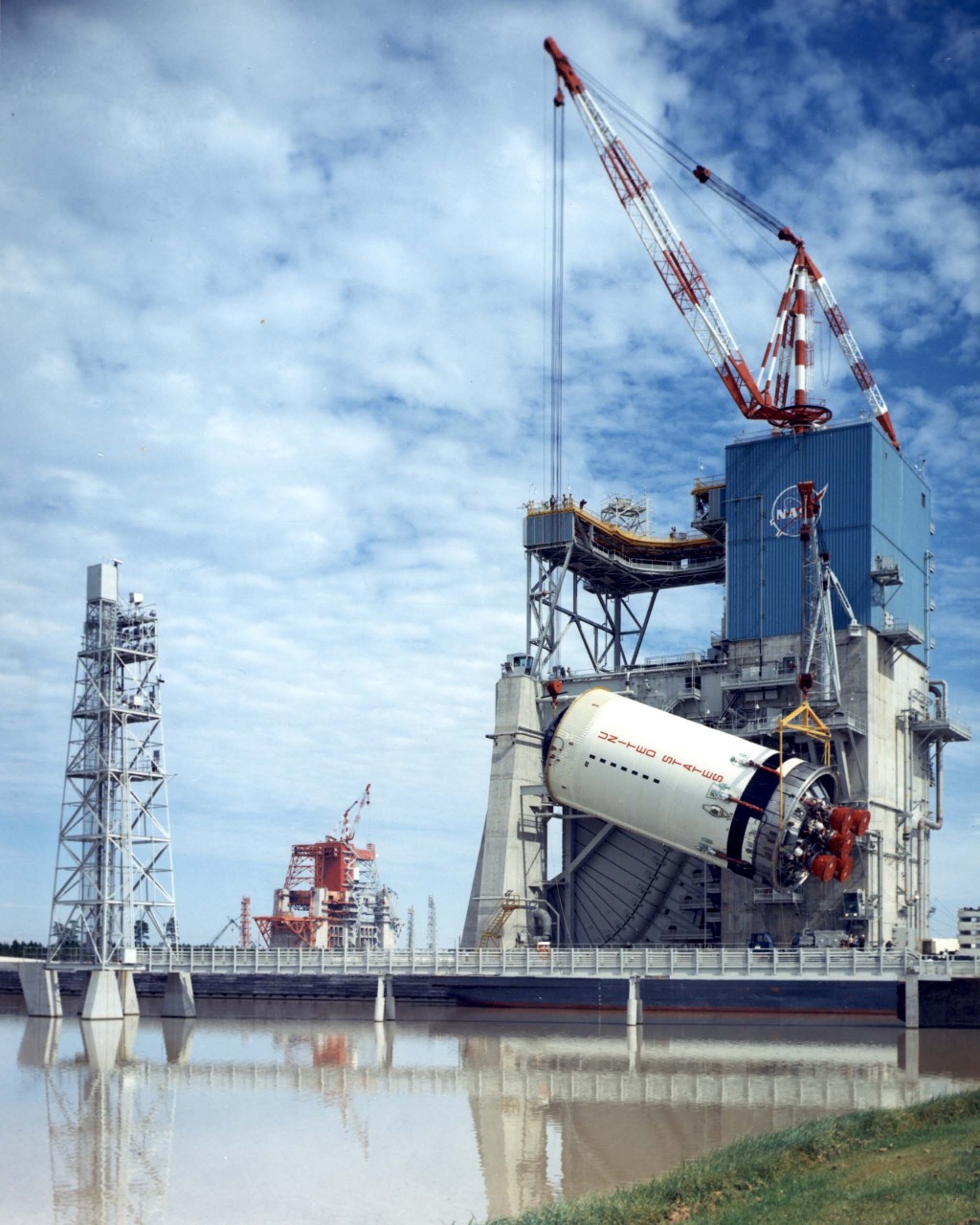
Saturn V, S-II on test stand, 1967.
(NASA photo)
Fellow engineer Arthur J. (Jack) Rogers, who later served as the Center Operations Chief under Estess, was there, too. He said, "All us young folks worked seven-day weeks and 10-15 hours, even 20-hour days sometimes." The work was complicated and also exciting. Rogers recalled that the first test ran into one snag after another. The engineers, including Werner Von Braun, worked through the night adjusting valves and making sure everything was "done right." Estess was in the blockhouse, and Rogers was over a mile away. "They worked with space hardware, and I worked brick and mortar facilities," Rogers explained. The team's efforts paid off near sunrise. "It was five engines all tied together," Rogers said. "It made quite a roar!"
The Mississippi engineers tested all Saturn second stages and all but a few first stages. As Apollo wound down, Estess became head of the Applications Engineering Office. Rogers credits Estess with convincing NASA Headquarters that the Mississippi Test Facility should be used to test the new shuttle engines. Rogers said that Estess had, "A great ability to see the proper path to bring things together towards the goal. He was always a pleasure to work with."
A DEVELOPING TALENT
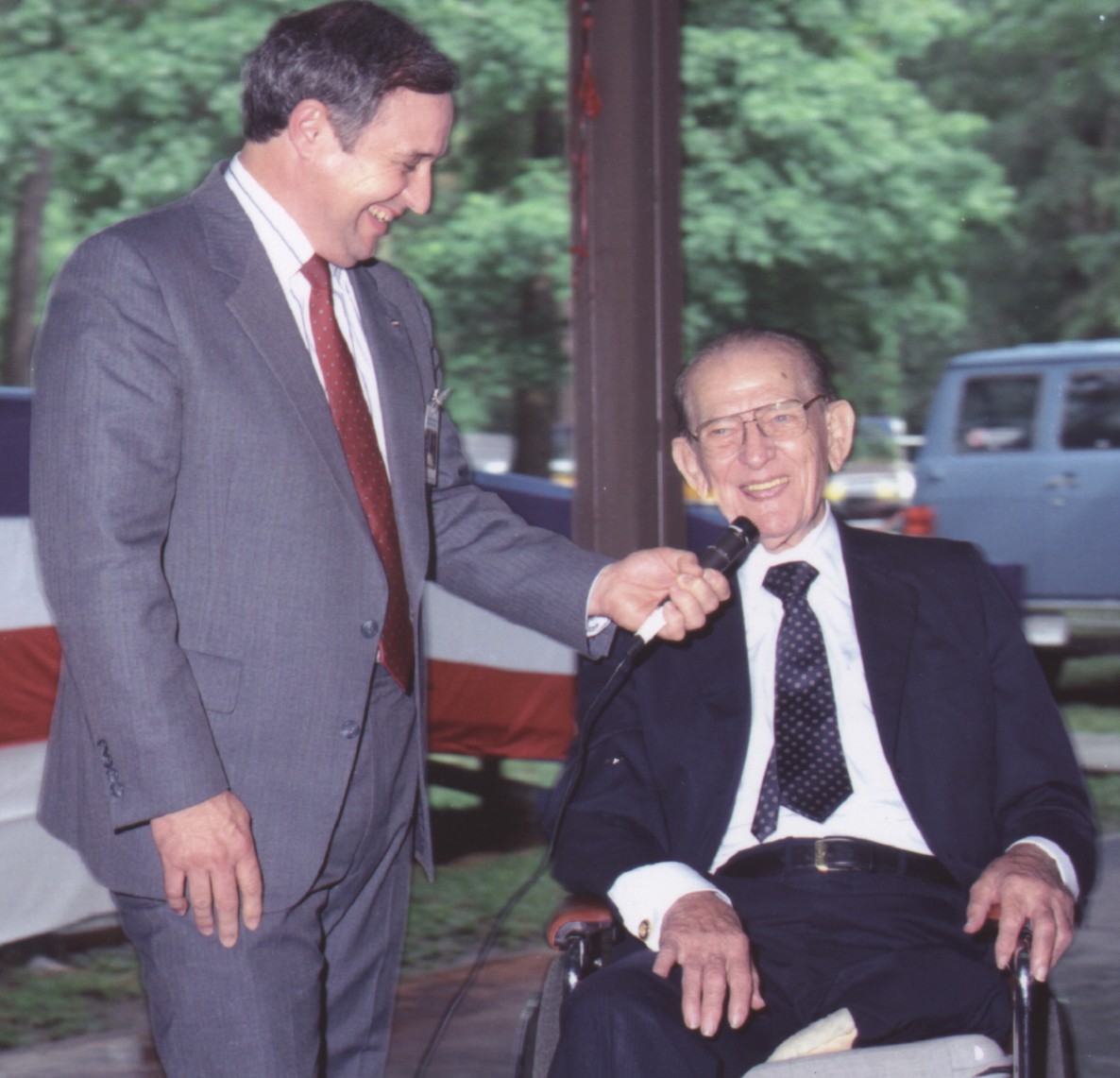
Estess & Senator Stennis. (NASA photo)

The Gulf from Space. (NASA photo)
In response to concerns raised by the Presidential Commission on the Space Shuttle Challenger Accident and the House Committee on Science and Technology in 1986, Estess led a Space Shuttle Processing Contract Review Team to assess Shuttle vehicle processing activities at the Kennedy Space Center (KSC) in Florida. The findings and recommendations of his team were approved unchanged and provided the framework for many of the changes introduced in the processing of flight hardware at KSC to enhance the safety and reliability of the Space Shuttle.
As a result of these activities, then NASA Administrator Richard Truly recommended to Hlass that Estess be sent to the advanced management program at Harvard Graduate Business School to train him to become a center director. Hlass joked, "He's never been the same since! He was always very confident, and even more confident after that."
Helen Park was Estess's Secretary while he was Deputy Director. "He was a good boss," she said. "We were friends. I always called him Roy, not Mr. Estess. We still hug whenever we see each other." She spoke highly of his management skills and also his musical talent. "He's wonderful on the piano," she remarked in a recent interview. She said he'd often play at special occasions and at work-related functions. Woods added that Estess played in a band called the Rolling Stones in college, and had a piano when he was in the Air Force. A fire claimed the Estess' home in December of 2002, but Woods said thankfully their piano was rescued.
An Executive order from President Reagan changed the name of the Mississippi Test Facility to the John C. Stennis Space Center in 1988. Hlass put Estess in charge of the dedication. "He did an outstanding job," Hlass said, "like every other job he was given." After Discovery returned the Nation to space that year, Hlass moved to NASA Headquarters. Roy Estess became SSC's fourth Center Director in January 1989.
CREATING A NATIONAL ASSET
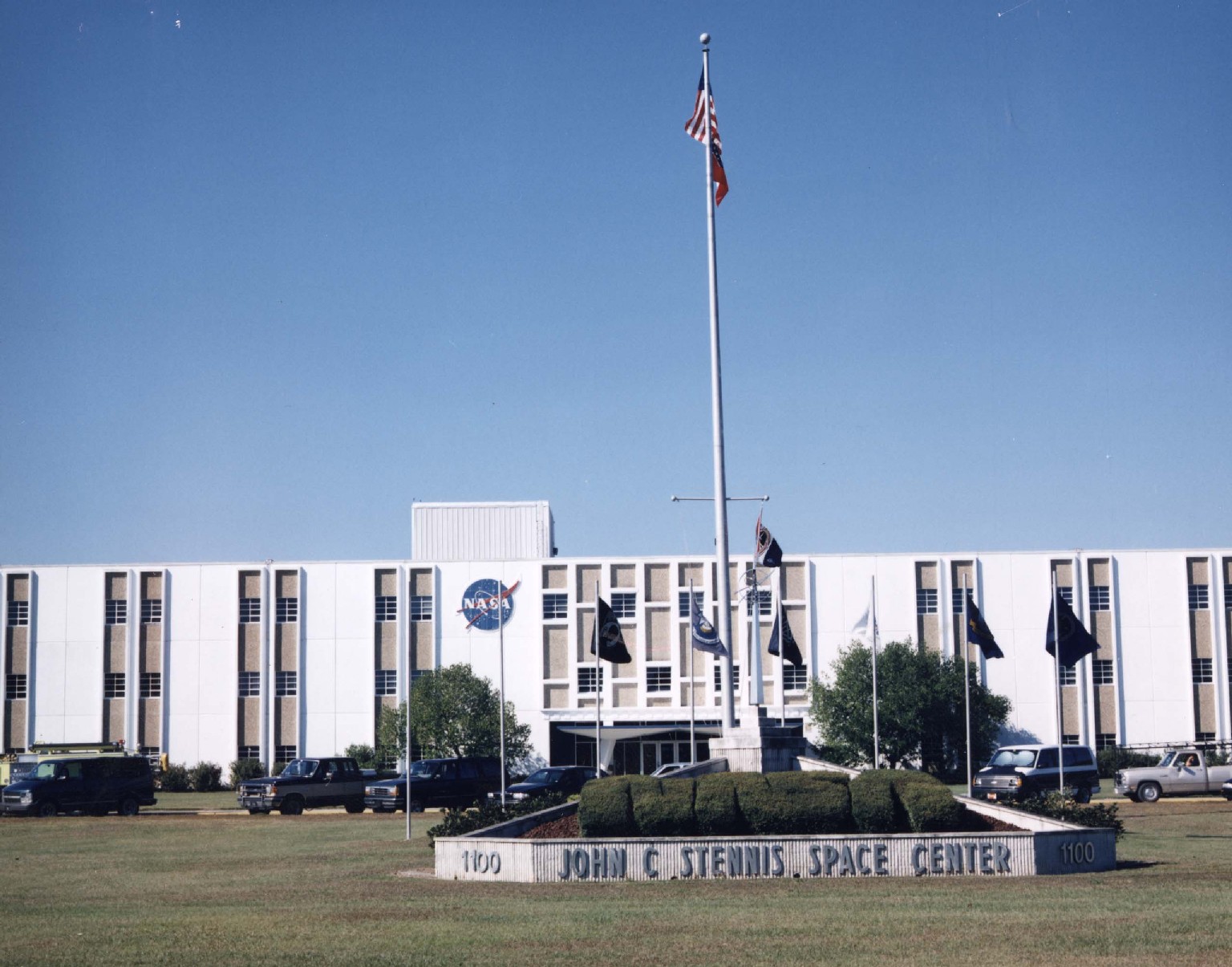
Stennis Space Center. (NASA photo)
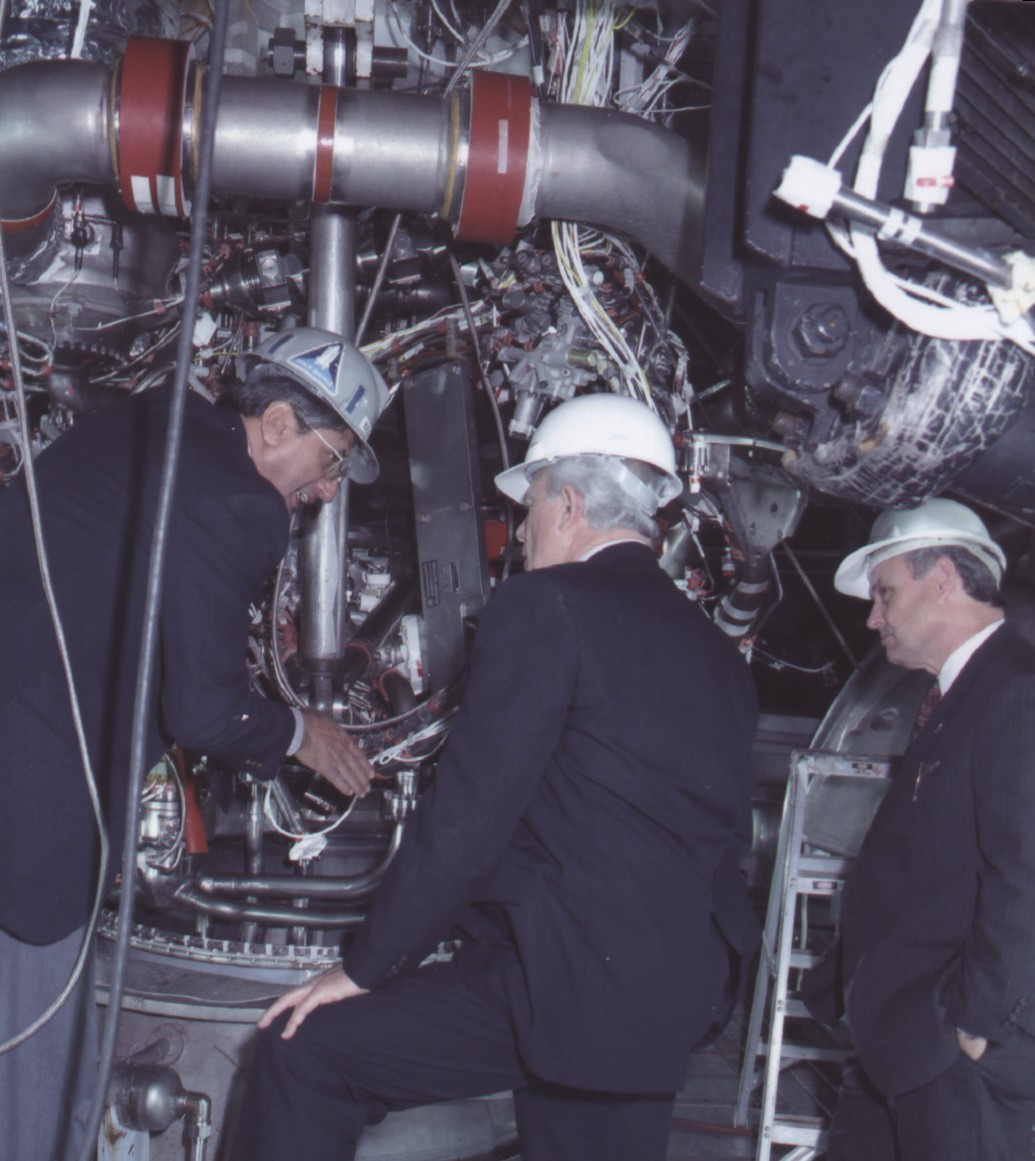
Estess & Governor Fordice view SSME.
(NASA photo)
As Director of the Stennis Space Center, Estess oversaw the operation of the center in support of over 30 Federal, State, academic, and private organizations engaged in space, oceanic, environmental programs, and the national defense. Other responsibilities included managing the Space Shuttle Main Engine test program; planning and accomplishing advanced propulsion test activities for NASA, some Department of Defense projects, industry propulsion development and launch vehicle development programs; conducting research and technology development in Earth and environmental sciences; commercializing remote sensing technology; developing technology for use in propulsion test and launch operations; and managing the overall center. The SSC employs over 4,600 people with over 60% of them in scientific and technical positions.
"Through the nature of his leadership, SSC has grown and evolved as a national asset that includes unique, world-class propulsion test capabilities, a leading role in Earth science applications, and a multi agency environment," said O'Keefe. "He has provided the roadmap and unifying themes to ensure that both SSC and NASA performance objectives provide the Nation a return on its investment."
A STEADYING INFLUENCE
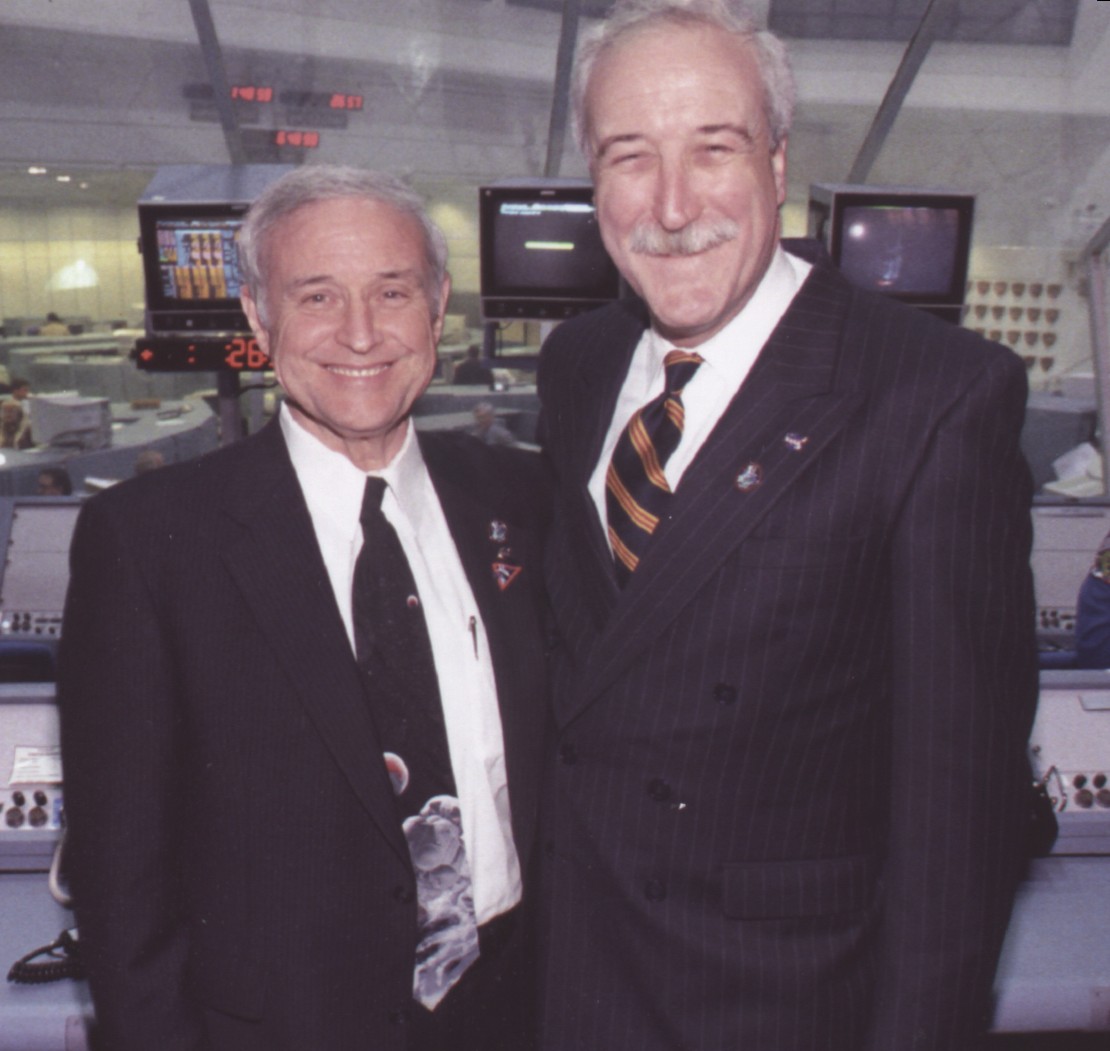
Estess & O'Keefe at KSC for STS-109.
(NASA photo)
"Through his entire career, Roy has been a steadying influence at NASA," Administrator O'Keefe said. "He's a no- nonsense manager and a straight shooter who knows how to cut through a problem to find a solution."
On March 1, 2001, former NASA Administrator Dan Goldin appointed Estess to serve as Acting Director of the Johnson Space Center in Houston, Texas. "We face a difficult and challenging future within the space program, and Roy Estess," Goldin said, "will ensure a firm footing during this period." During his tenure at JSC, there were seven flawless shuttle missions, the Space Station became operational, and the Hubble Space Telescope was serviced. Estess provided direction and leadership to approximately 3,000 civil service and 20,000 contractor employees and oversaw a budget of $4.417 billion.
AWARD WINNER
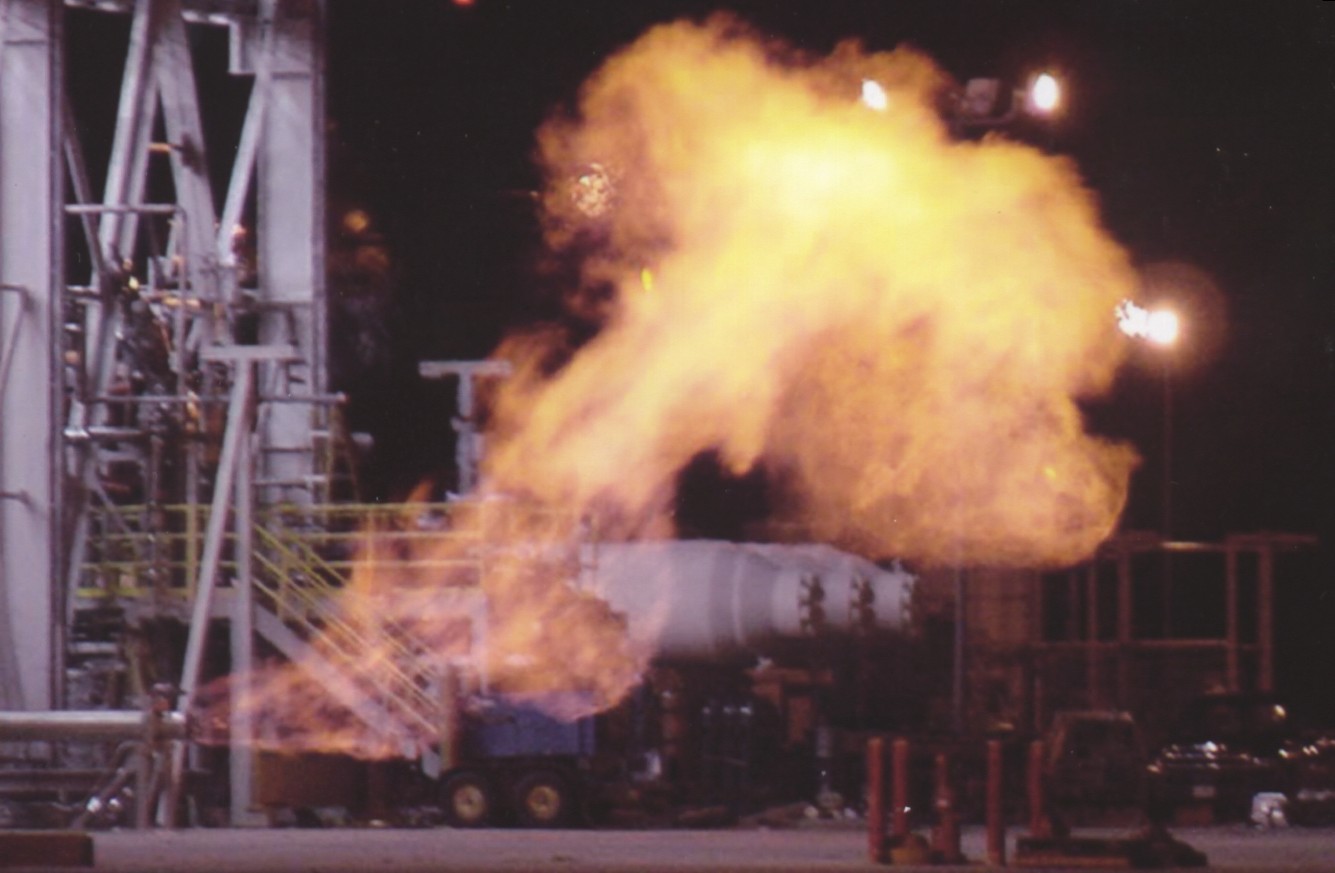
Integrated Power Demonstration test, 2002.
When announcing Mr. Estess's retirement in 2002, NASA Administrator O'Keefe said, "Throughout his career, each time there was a need within the agency, Roy has been there to answer the call. He's been a true NASA statesman, and America's space program owes Roy a deep debt of gratitude." The Rotary National Award for Space Achievement Foundation is proud to express that gratitude via presentation of the 2003 National Space Trophy.
